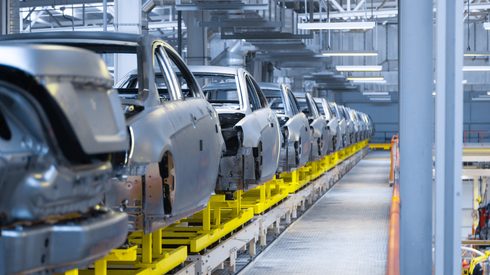Thyssenkrupp and Mubea signed a memorandum of understanding for the supply of low-carbon steel from Thyssenkrupp’s planned direct-reduction plant, starting in 2026, according to a release seen by Fastmarkets on Tuesday October 4.
Thyssenkrupp plans to replace blast furnaces at its Duisburg facility with direct-reduced iron (DRI) modules that would have the capacity to produce steel at a rate of 2.5 million tonnes per year.
Low-carbon steel production at the new unit is scheduled to begin in 2026, with “significant purchase volumes planned through 2030,” Thyssenkrupp’s release read.
Thyssenkrupp plans for its Steel Europe operations to be completely climate-neutral by 2045 at the latest, the company said.
Most European steelmakers have recently been investing in green steel projects to cut emissions to comply with strict European Union regulations. Under the European Green Deal, the European Commission is looking to reduce greenhouse gas emissions in the EU by at least 55% by 2030, compared with levels emitted in 1990.
Another factor pushing EU mills to seek alternative ways of steelmaking is the growing cost of emitting carbon in the EU, Fastmarkets understands.
The price for a CO2 emissions permit in the EU rose to a historical high of €98 ($96) per tonne in August, according to market participants.
On top of that, demand for green steel among end users has also been growing recently.
In February, Salzgitter signed a deal with German carmaker BMW for the supply of low-carbon steel from 2026 onward.
Salzgitter also signed a similar agreement with automobile group Volkswagen in March.
BMW has also signed an agreement with Swedish green steelmaker H2 Green Steel for the supply of low-CO2 steel, made exclusively using hydrogen and green power from renewable energy sources, at the latter’s European plants.





